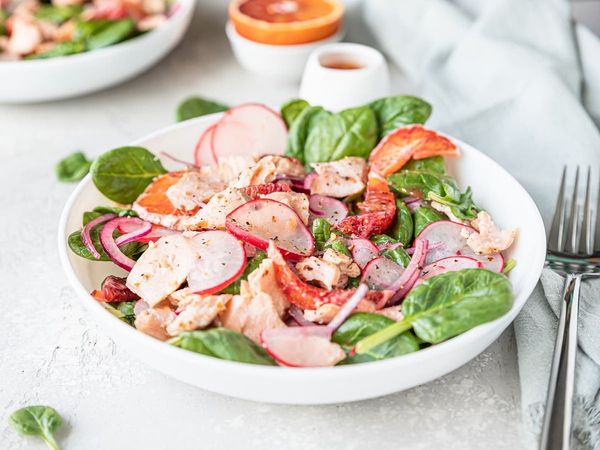
What’s the secret to a good vegetarian chilli? I can never replicate that savoury, meaty flavour.
Beth, Margate
The first question to ask yourself is what’s going to replace the “carne” part of your chilli, Beth. “Mushrooms or courgettes, if they’re grilled, can have that meaty feel,” says Robin Perrins, chef-owner of Pappy’s Texas BBQ in Kendal, Cumbria. “Being a pit master and working in the smokehouse, I think that smoky flavour will give the kind of sensation Beth is looking for.” Perrins doubles down on the smokiness with a rehydrated dried guajillo chilli. And dried really is the way to go here: “You want the soft, background warmth of dried chillies to make a chilli stand out,” says Guardian columnist Thomasina Miers, who uses a mix of chipotle and ancho in hers, for “a lovely blend of smoky heat and sweet, rounded flavour”.
You’ll also want some beans. “They’re a fantastic staple,” Perrins says, “and so long as the flavour of the chilli is good, you can use just about any bean you want.” That said, she favours dried pinto, which she slow cooks with spices before adding to the chilli mix, but you could go for tinned kidney beans or chickpeas instead. Miers also emphasises the importance of “bedding in the flavours of the aromatics early”. She suggests stocking up on whole spices (cinnamon, allspice, cumin, cloves) from Asian supermarkets, where you can buy them in “keenly priced” large bags, to “toast, grind and stir into sweating onions to really lock in their power”. Perrins, meanwhile, goes for smoked paprika, a little cayenne, garlic (“I know it’s not everybody’s favourite, but a bit is great”), Texas barbecue sauce and chocolate. J Kenji López-Alt achieves that elusive savoury (or umami) flavour in his “best vegetarian bean chilli” on Serious Eats with the help of soy sauce and Marmite, which, he says, adds “a ton of richness”. You could also try stout, which Perrins adds to the brisket chilli she makes in her restaurant: “It brings it all together. I haven’t tried it in a vegetarian chilli, but I don’t see why it wouldn’t work.”
A longer cooking time will help concentrate the chilli’s flavour. As López-Alt writes: “Fast chilli recipes are inevitably not quite as rich and complex as you’d like them to be.” That doesn’t necessarily mean you need to make it in a slow cooker (although that is the more energy-efficient option). Perrins says: “You could cook your chilli on the stovetop,” but be careful the veg and beans don’t catch on the bottom of the pan. “Be patient and let it thicken and reduce.” And if you can wait until the next day to eat it, so much the better, to “give the chilli time to incorporate all the flavours”.
Finally, Beth, it’s imperative you don’t scrimp on the accoutrements, says Miers, who serves her chilli with “masses” of soured cream, fresh lime, coriander, salsa “with fresh chilli for bite” and toasted tortillas. Alternatively, Perrins says, eat it with the “good old faithful, rice” or crusty bread, grated cheddar, chilli flakes, soured cream and coriander. Either way, in the words of Miers: “Let me at it.”
Got a culinary dilemma? Email feast@theguardian.com










